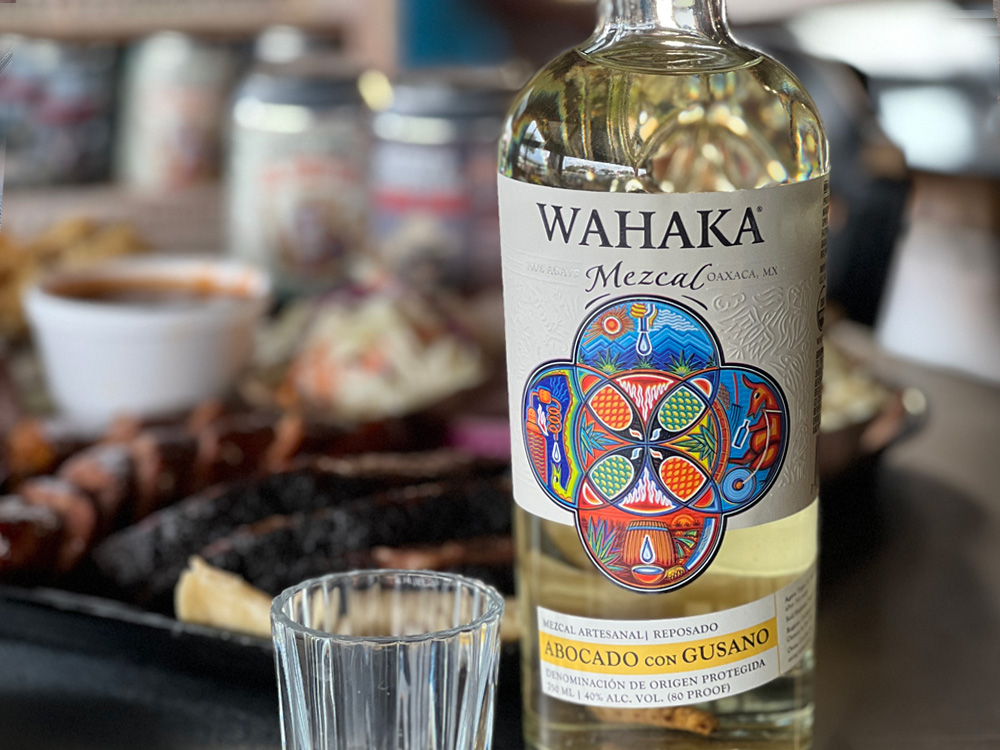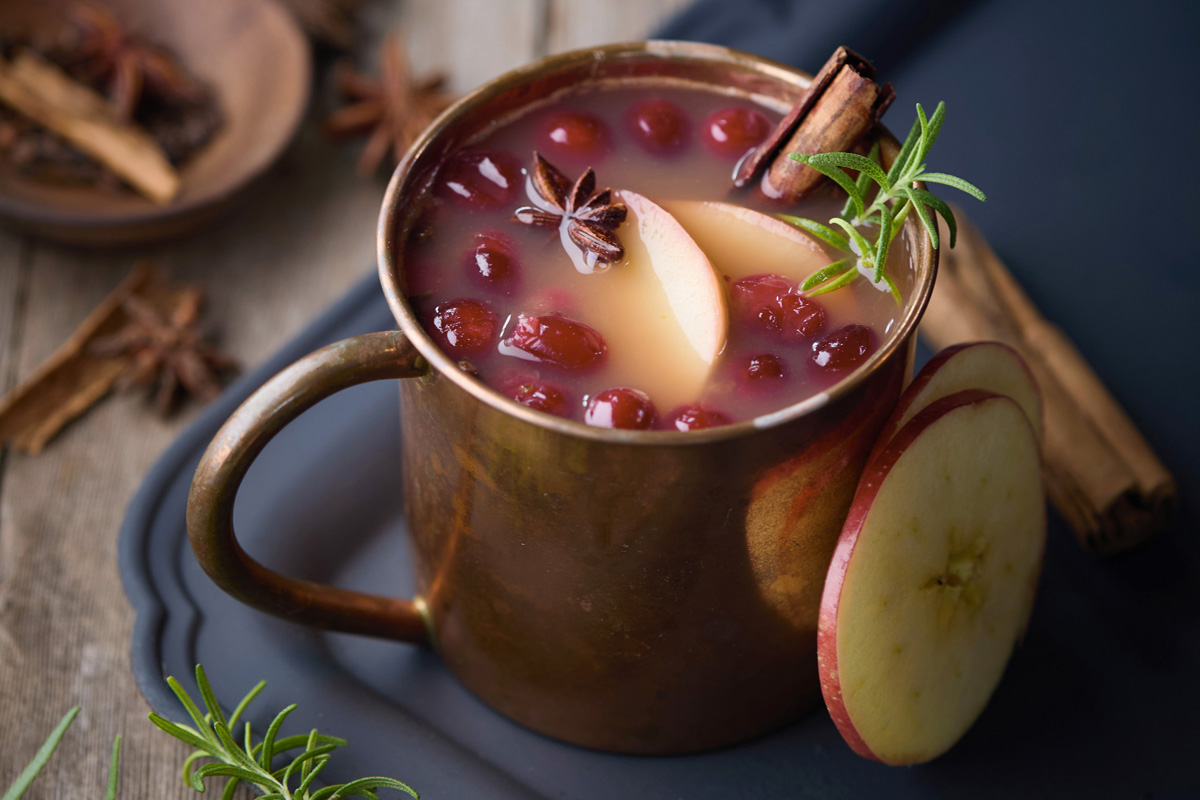
For many cultures around the world, New Year celebrations are a time to spend with family while enjoying foods that symbolize renewal and rebirth, good fortune, prosperity, sweetness in life, love and completeness.
The Chinese New Year is no different, except for the fact that it takes place on February 16 and kicks off the Year of the Dog. Traditional, symbolic foods abound, like the little chewy filled dessert dumplings known as tangyuan, which are typical. Thanks to the stickiness of the sweet rice, the full round shape and the sugariness of the filling and/or syrup, tangyuan represents family cohesiveness and harmony.
The filled variety are readily available in the frozen section of many Asian grocers. When eating filled tangyuan, my method is to ladle a few tangyuan into a small bowl along with some of the opaque cooking liquid and break each one in half as I heat them. The filling starts to flow out and it becomes an eating game for me: catch the lave and eat it! Any lava that escapes my spoon flavors the cooking water.
But I digress … When my amà moved from Taiwan to stay with us for a while, she opened a gateway to foods I had only heard stories about. No matter what she cooked, I rarely asked about what I was eating. The few times I did, the translated names were fascinating. I totally ate “dragon eggs”.
Amà’s cooking pig’s feet? OKay. Is this stuff sweet or salty? Both? Okay. Wow, this stinks, but tastes so good on rice!
One weekend, nine-year-old me sat in the kitchen watching her interact with some Taiwanese students as she mashed sweet potatoes, mixed in sweet rice flour, laughed and grated ginger. When it was ready, I was presented with a magical bowl containing little orange orbs sitting in a dark pool of brown sugar syrup.
The base of yuan is a short-grain sweet rice, a.k.a. “sticky” or “glutinous” rice – there is no gluten. sweet rice is just ery sticky and glue-like. Archaeological research shows that sweet rice was so sticky, it was used as an ingredient for the mortar made to construct the Great Wall.
Steamed sweet rice, smashed or pounded into a sort of dough, is what the Taiwanese call muaji and the Japanese call mochi. The traditional method of making tangyuan from scratch involves a two-day soaking, grinding and straining process of sweet rice before the dough is wrapped around the filling.
A cheat for home and industrial kitchens alike is the use of sweet rice flour. I picked up a box of mochiko sweet rice flour from the store, the same kind we had in the house growing up.
Similar recipes I researched on the internet us a 50/50 mixture of tapioca starch and sweet rice flour. Blending the flours gives it a gummier chew.
The addition of sweet potato and taro in yuan are quite common in Taiwan. Sweet potatoes are to the Taiwanese as regular potatoes are to the Irish in the sense that not only is it a common food staple, it is a part of their identity. Neither tuber originated on either island, but they definitely rooted. There are about 90 different Irish words involving the potato and probably just as many Taiwanese sayings involving sweet potatoes. My mom told me that because Taiwan is shaped like a sweet potato, many Taiwanese refer to themselves as “sweet potato people”.
For my sweet potato yuan, the mashed sweet potato gives it a comparatively fluffy texture. I feel as if my amà added a touch of fresh ginger to the dough, but my mom and the internet lean toward the idea of spicing the syrup with it. Like rosemary, I think a little goes a long way with ginger, and it can easily overwhelm the sweet potato in this. However, if you want a big ginger flavor, ba all means, grate plenty.
Don’t like ginger? Maybe come up with another spice or flavor you would like to experiment with and give it your own twist. I have seen Osmanthus and jasmine flowers used as syrup flavoring. If you’re like my dad and don’t like any sort of mochi-like texture, it is still fun to make for someone who does.
Either way, I hope you share this or another dish and spark memories. The Chinese New Year is a time for good tidings, good food and the good company of family and friends – Xin Nian Kuai Le!







